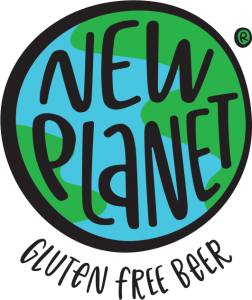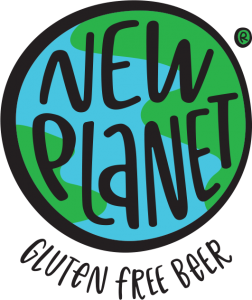The Carbon Footprint of Bottles and Cans: Post 3 of 3
New Planet Beer has been weighing the pros and cons of bottles vs. cans in recent blog posts. One aspect of the argument that we have not discussed is the carbon footprint resulting from production of bottles and cans. It’s a complicated debate that hinges on looking at the complete lifecycle of a product, called the Cradle-to-Cradle approach. Some of the debate points are:
- Raw material extraction and processing – what is the raw material being used (sand for glass bottles or bauxite ore for aluminum cans), where is it being extracted, and what is the energy effort required for extract?
- Production process – how much energy is required to convert raw material to product? What is the energy grid that the production process is occurring on (nuclear power, hydroelectric, coal)? What type of emissions is released in production process?
- Transport of finished goods – How much does it cost to move product to brewery and then to sale?
- End-of-life management – How much is the product recycled? How much is the recycled product used in the process of new product (how much recycled glass used in glass, etc.)?
As you can see this blog post can’t begin to cover in depth these issues. It can get very overwhelming when studying carbon footprint analyses as it’s hard to know where one individual or even a small company can affect change.
 What we’ve learned is that one of the most important things we can do is to recycle. The more we recycle bottles or cans, the fewer raw materials are needed for production. That is why we named our 2nd style of beer 3R Raspberry Ale. The 3 R’s stand for Reduce, Reuse, and Recycle and a portion of the beer’s proceeds goes to recycling education. The first part of the New Year we’ll be announcing New Planet Beer’s exciting new partnership with an organization that truly lives the 3 R’s.
What we’ve learned is that one of the most important things we can do is to recycle. The more we recycle bottles or cans, the fewer raw materials are needed for production. That is why we named our 2nd style of beer 3R Raspberry Ale. The 3 R’s stand for Reduce, Reuse, and Recycle and a portion of the beer’s proceeds goes to recycling education. The first part of the New Year we’ll be announcing New Planet Beer’s exciting new partnership with an organization that truly lives the 3 R’s.
Keep Recycling!

